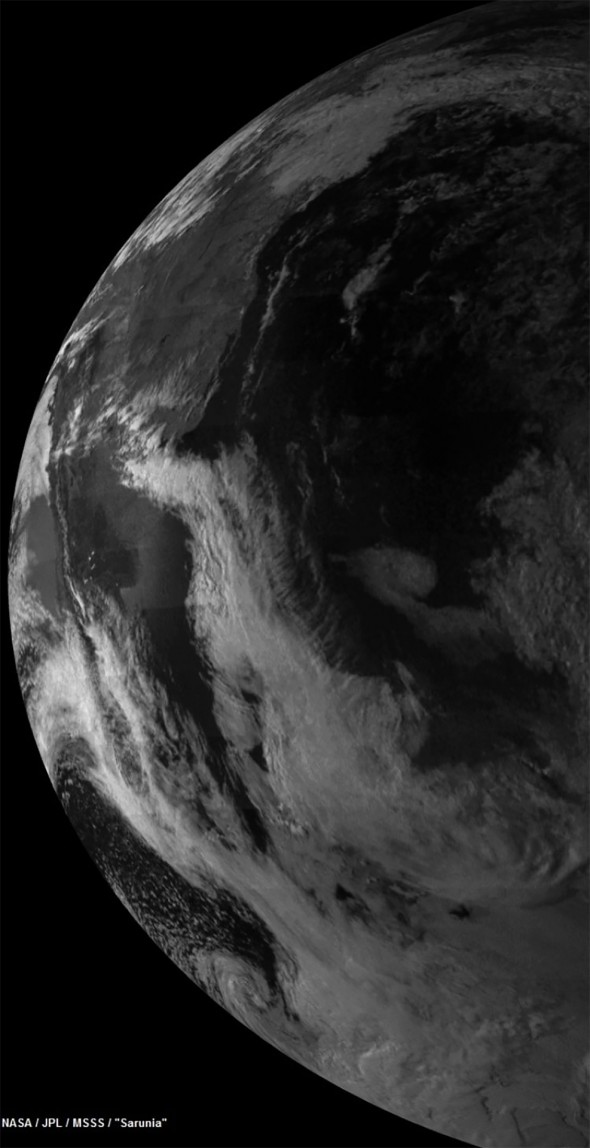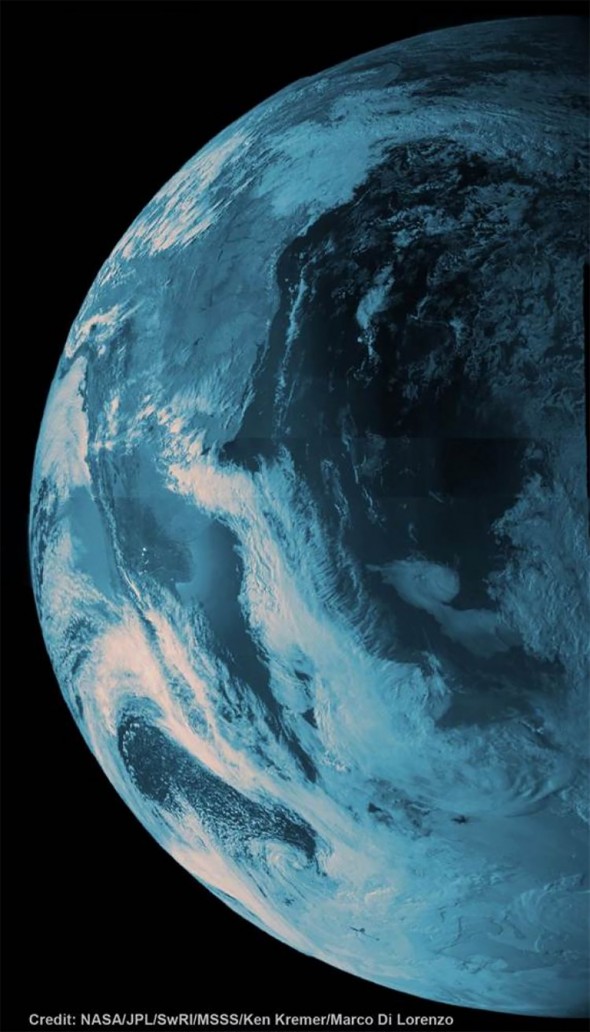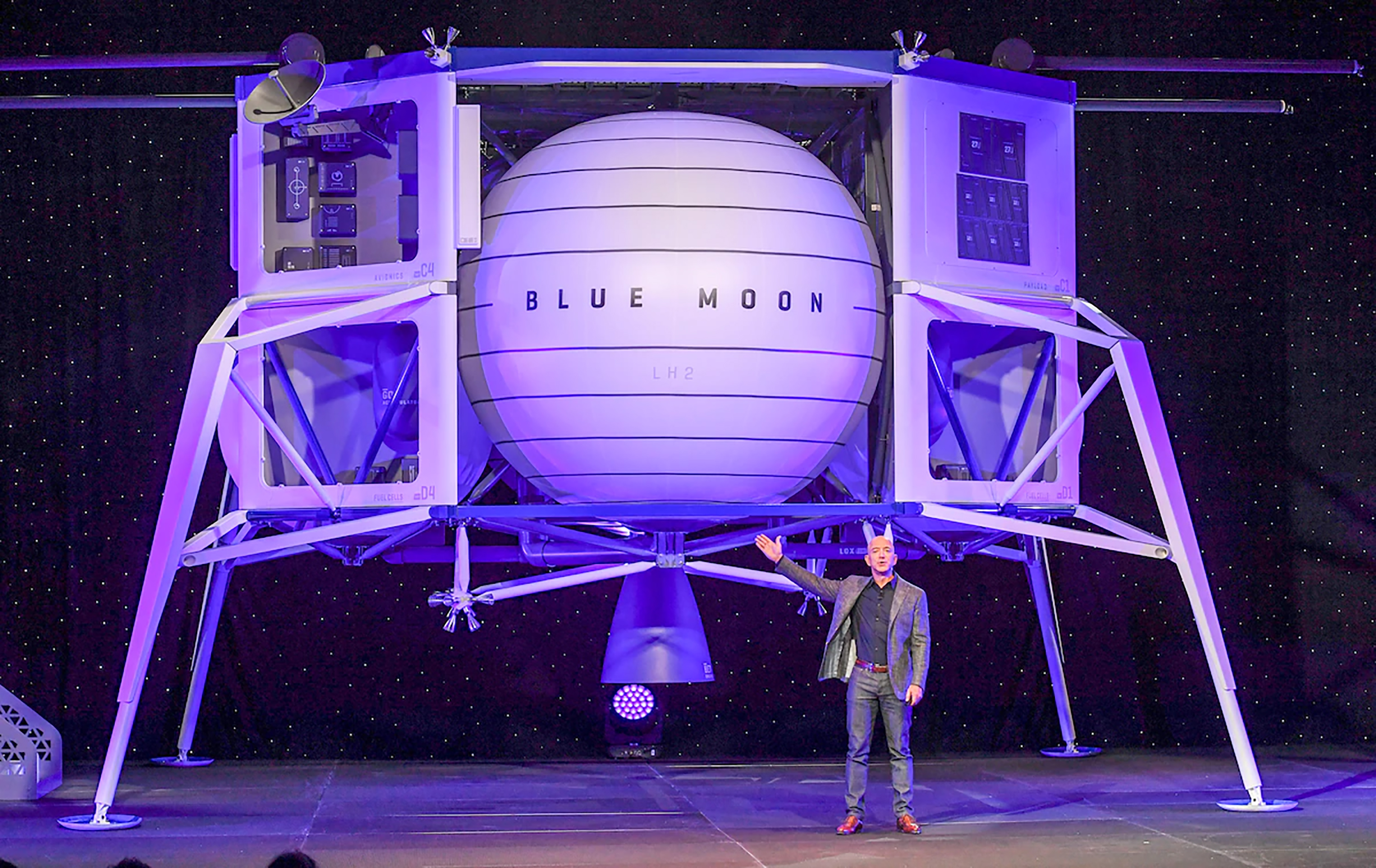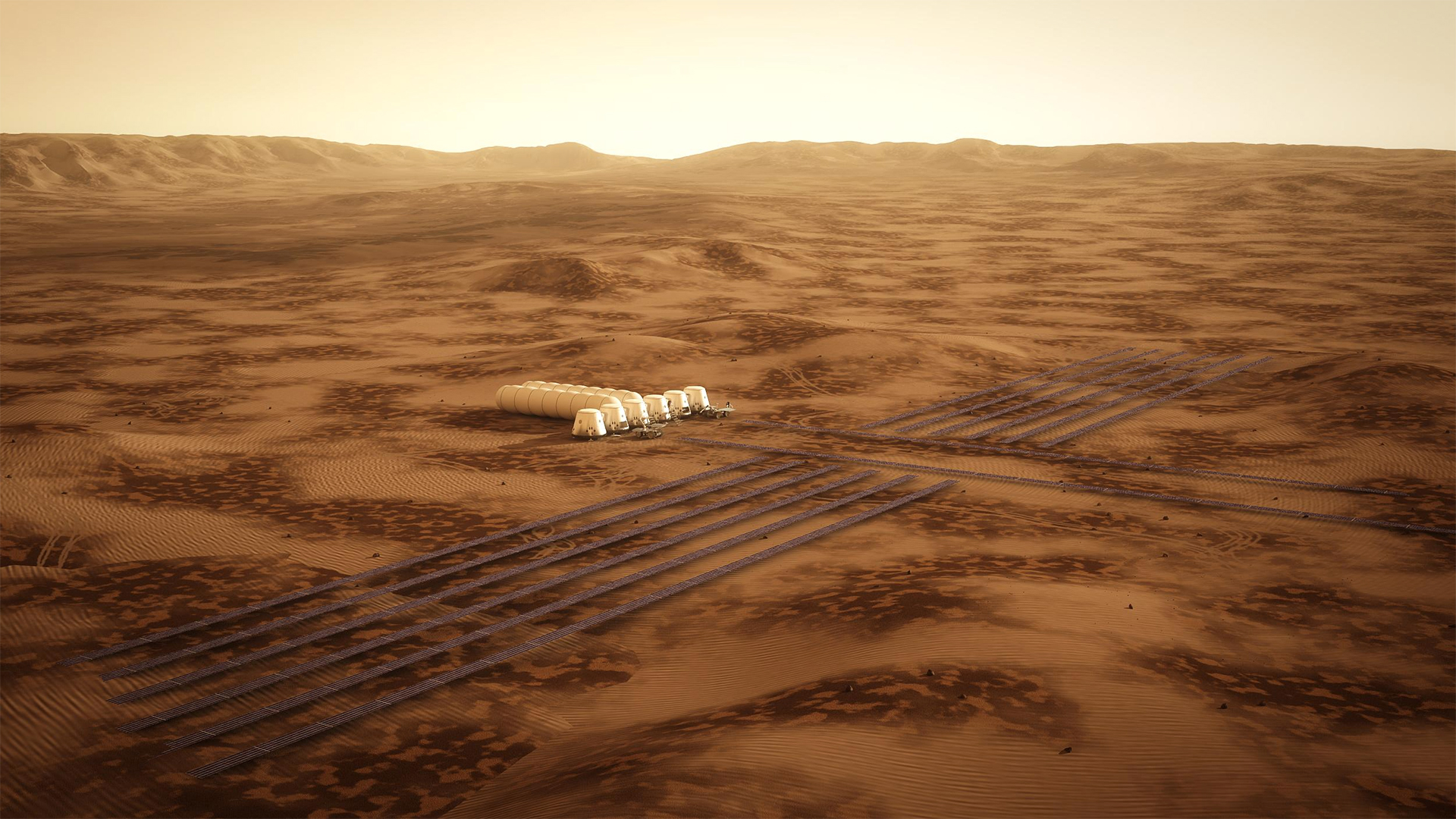artist’s rendering of what the juno probe will look like as it flies by jupiter | nasa/jpl
attention amateur astronomers, nasa wants you. in 5 august 2011, nasa launched juno, a new frontiers mission to the planet jupiter. nasa is now recruiting members of the public to help direct its photography efforts in space and process the images taken by junocam, a high-res camera designed not only to take stunning, scientifically useful photos of jupiter, but to get the public involved, too.
but junocam can’t take pictures if it doesn’t know what to photograph and nasa is now asking amateur astronomers to visit the camera’s website to help decide which areas of jupiter to photograph by submitting telescopic images of the planet from back on earth.
the public will be invited to download raw images and process them at home in an attempt to get the best images of a planet that hasn’t been photographed by a nasa spacecraft since 1979.
candy hansen, a member of the project’s science team, says nasa legitimately needs the public’s help. “in between our close jupiter flybys, juno goes far from the planet, and jupiter will shrink in junocam’s field of view to a size too small to be useful for choosing which features to capture,” she explains in a release. “so we really are counting on having help from ground-based observers.”
in less than seven months, juno will passby jupiter on 4 july 2016.
junocam was designed to take pictures in strips because because the spacecraft spins 2 revolutions a minute. it snaps photos through red, green and blue filters in one rotation, near-infrared on the next. the photos are stitched together into a composite image back on earth. to see how it works, visit this [ gallery ] of images of the earth and moon gathered as the spacecraft began its spinning trajectory towards jupiter.
[ interested? ]
[ juno mission gallery ]
the east coast of south america is visible in this methane image, while clouds cover the antarctic, taken by juno at a distance of 10,524 km | processed by sarunia at unmannedspaceflight
nasa’s juno probe captured the image data for this composite picture during its earth flyby on oct. 9. separate images were combined by ken kremer and marco di lorenzo, and false-color blue has been added to reflect a view provided by a near-infrared filter that is typically used to detect methane








